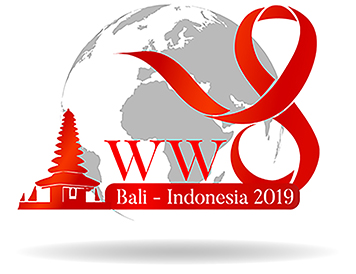Ratu Saifanah Dinda1, Indrayadi Gunardi2, Rahmi Amtha2
School of Dentistry, Trisakti University, Jakarta, Indonesia.
Department of Oral medicine, Trisakti University, Jakarta, Indonesia.
Abstract
Objectives: Chlorhexidine (CHX) and povidone-iodine (PVP-I) which is a broad- spectrum antiseptic that is commonly used as a mouthwash. Previous studies showed that both regimens have excellent antifungal properties, especially against Candida albicans. In Indonesia, there are only two types of market product of CHX, which are chlorhexidine gluconate (CHX-G) and chlorhexidine digluconate (CHX-DG) and two different concentrations available for PVP-I which are 1% and 10%. However, there are no reports describing which mouthwash would be the most effective option against Candida albicans growth. Objective: To determine the efficacy between CHX-G, CHX- DG, PVP-I against Candida albicans growth.
Methods: A laboratory experiment with post-test control group design, in which the test divided into 7 groups such as CHX-DG 0.12%, CHX-DG 0.2%, CHX-G 0.1%, CHX-G 0.2%, PVP-I 1%, PVP-I 10%, and nystatin 100.000 IU as a positive control. To evaluate the efficacy of regimens, inhibition zone diameter of Candida albicans growth on Saboraud Dextrose Agar media was measured.
Results: The mean diameters of CHX-DG 0.12%, CHX-DG 0.2%, CHX-G 0.1%, CHX-G 0.2%, PVP-I 1%, PVP-I 10%, and NS are 1.42 ± 0.06 cm, 1.46 ± 0.05 cm, 1.85 ± 0.43 cm, 1.60 ± 0.23 cm, 1.26 ± 0.10 cm, 3.60 ± 0.17 cm, and 1.79 ± 0.07 cm cm, respectively. The ANOVA test showed significant differences (P=.00) between each group.
Conclusions: Ten percent of povidone-iodine is the most effective antiseptic against Candida albicans. As the treatment uses a readily available solution, it could be considered for routine use for controlling oral candidiasis when balanced against the potential toxicity against human cells.


